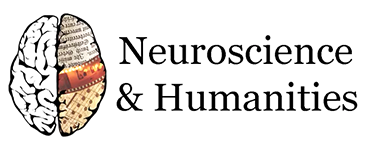The Brain, Ambiguity and Art – Meeting in Alicante
Ambiguity as a Characteristic of the Architecture of the Human Mind – Semir Zeki
Variability, and the choice that it entails, is the bread and butter of evolution. It is therefore not surprising to find that variability is built into ordinary perception and is also a fundamental characteristic of great works of art. The reason for this is simple; it provides for choice and is therefore in line with great evolutionary principles. In works of art – whether derived from visual art or musical art – ambiguity is key. In ordinary perception it may act as a safeguard, protecting the individual from unsafe decisions. In art, it allows for the multiple interpretations of the same stimulus or work. The neurobiological definition of ambiguity is quite precise and different from the usual dictionary definitions. The latter usually define ambiguity as “uncertainty” or “confusing” or “of doubtful meaning”. The neurobiological definition is the exact opposite: it is certainty but certainty that occupies the conscious stage momentarily, before ceding its place to another momentary certainty. Hence, in neurobiological terms, there is no correct answer to an ambiguous stimulus, because all answers are correct momentarily. This is so regardless of whether one is viewing simple “ambiguous” figures such as the “rabbit-duck” bi-stable figure, the metastable paintings of Dalí or the finished masterpieces of Vermeer, Caravaggio and Tiziano which, in spite of their “finished” status, allow of multiple interpretations, none of which is the correct one because all are correct; it also applies to literary and musical works. I will give a more detailed description of the varieties of ambiguity and try to address, in outline, the question of how the conflict between them is resolved neurobiologically.
…
To know more and to follow online please register here : https://platonicacademylondon.wordpress.com/events/










